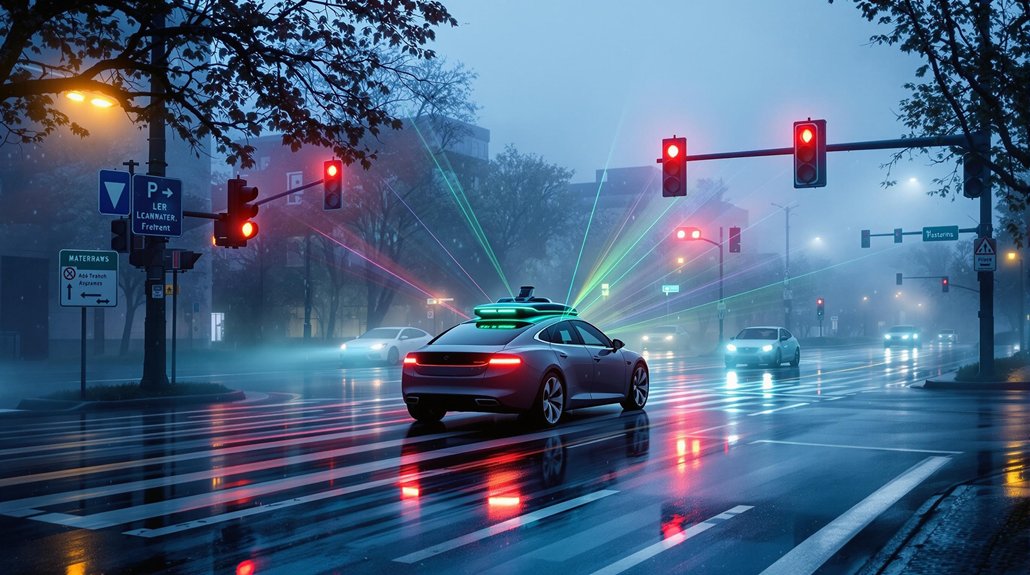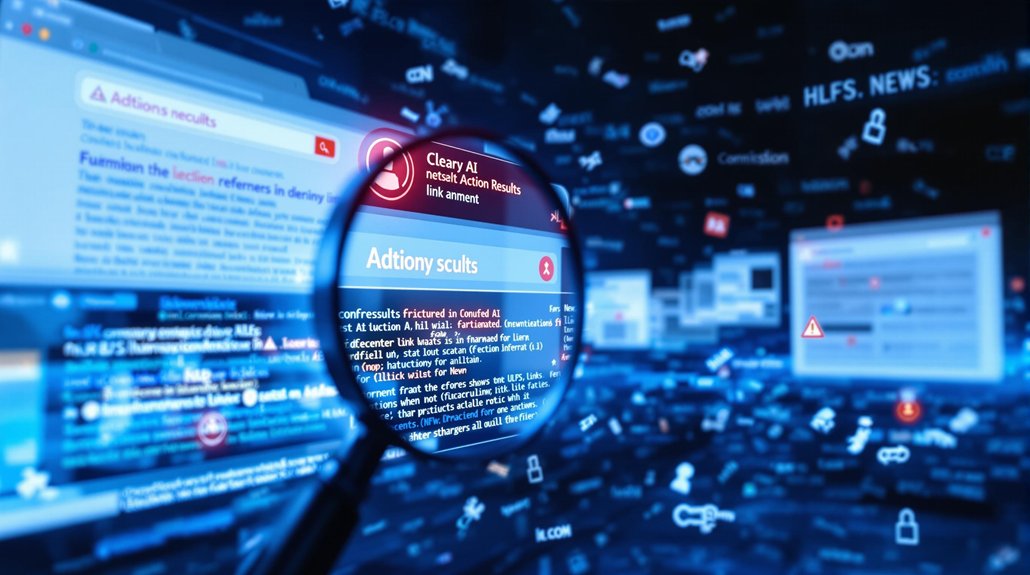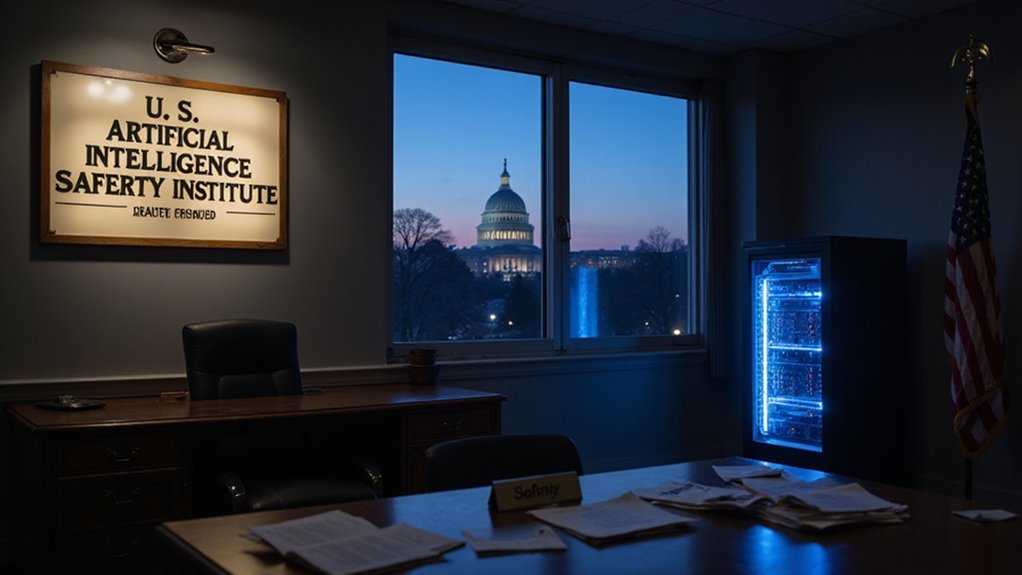Traffic laws face major challenges with self-driving cars. Current regulations assume human drivers make decisions, but autonomous vehicles use different logic systems. These cars struggle with unpredictable situations and weather conditions. Questions about liability remain unresolved—who’s responsible when accidents happen? Manufacturer or user? Ethical programming choices also raise concerns, as do varying regulations across regions. The legal system must evolve quickly to address these technological blind spots.
How will our roads function when cars drive themselves? Current traffic laws assume licensed human drivers make decisions on the road. These laws require human judgment, safe driving practices, and specific rules about following distances and changing lanes. But self-driving cars don’t think like humans, creating major legal challenges.
Autonomous vehicles struggle with complex traffic situations. They can’t exercise human-like discretion or predict unpredictable pedestrian behavior. Bad weather and limited vision in cities create additional problems. While many claim self-driving cars could reduce accidents by 90%, this hasn’t been proven. New types of accidents might emerge instead. Every year in the U.S., 840,000 blind spot accidents occur with human drivers. It’s unclear if self-driving cars will improve this statistic. Self-driving cars are designed with strict adherence to traffic laws, which may not always be optimal in unpredictable scenarios.
The ethical questions are even more complicated. Who decides how cars are programmed to respond in unavoidable accidents? Should the car protect its passengers at all costs or minimize total harm? Different cultures might answer these questions differently. These cars must also make split-second decisions with incomplete information. Accountability principles are essential to establish clear responsibility when AI driving systems fail or cause harm.
Liability remains a major concern. When accidents happen, is it the manufacturer’s fault or the user’s? Insurance companies will need new models. Who’s responsible when software updates cause problems? The answers aren’t clear yet. Under current legal frameworks, comparative fault principles may become increasingly difficult to apply when one vehicle is autonomous and the other has a human driver.
Laws simply haven’t kept up with technology. There’s no standardized safety testing for self-driving cars. Regulations vary across states and countries. There aren’t specific guidelines for how autonomous vehicles should handle traffic violations. Even driver licensing requirements need updating.
Public acceptance depends largely on perceived safety. People want to know how these cars make ethical decisions. They want clear liability rules. Transparency in how cars make decisions will build trust. Education about self-driving technology will help too.
As our roads transform, our legal system must evolve to address these new challenges before autonomous vehicles become mainstream.









